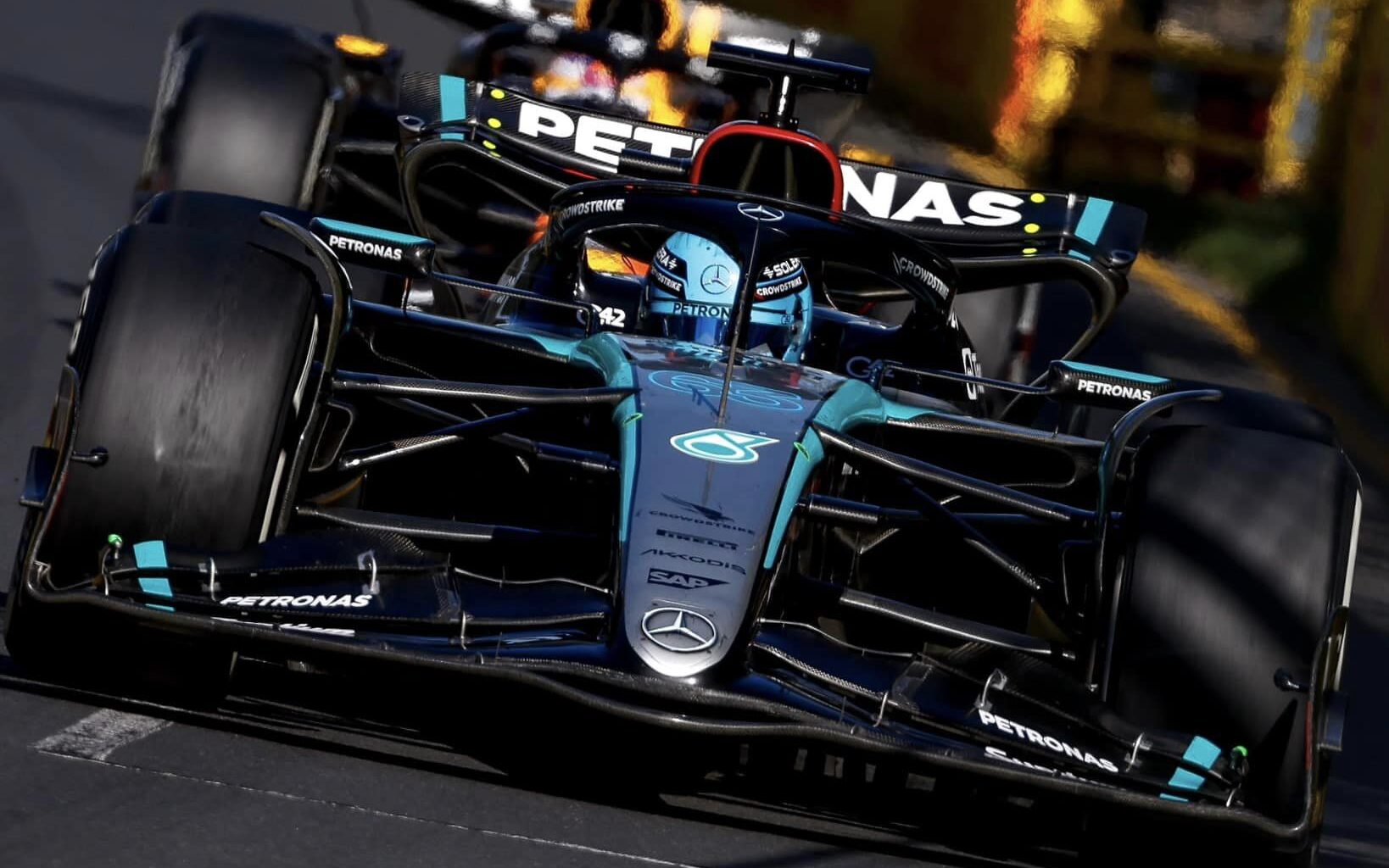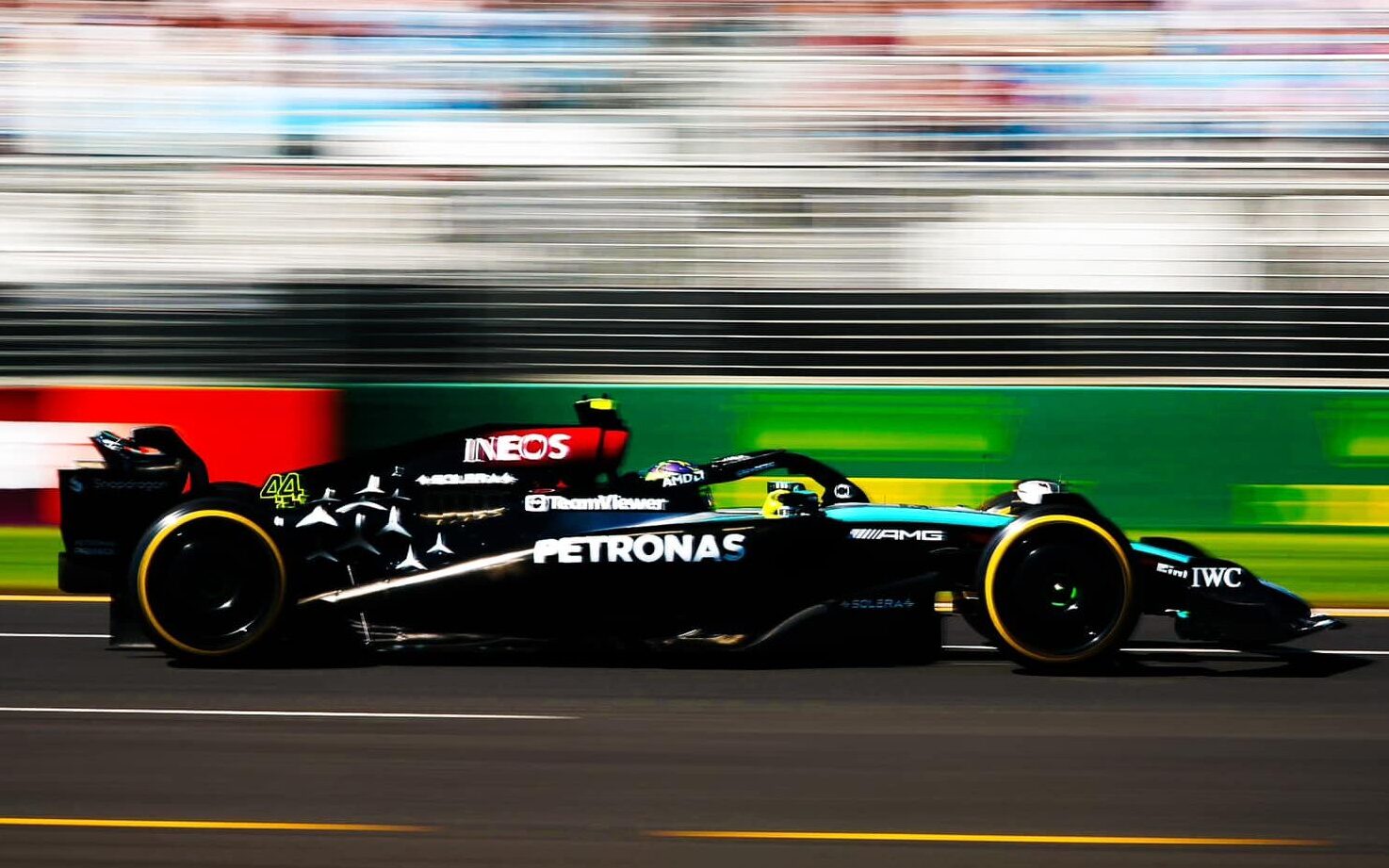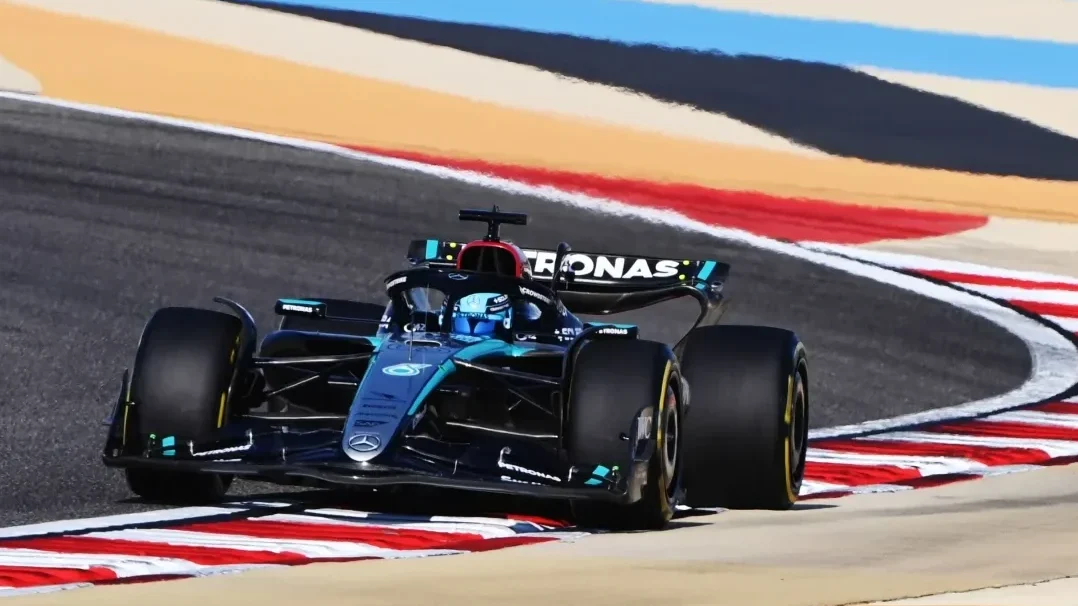
Mercedes technical director James Allison says they are still not sure if they can set up or if they will have to make drastic changes to solve the problems with the W15 car .
Although Lewis Hamilton and George Russell found the Mercedes W15 easier to drive, they failed to make the expected performance leap.
Mercedes has not yet achieved a position higher than fifth place, and after a double withdrawal in Australia, it fell 29 points behind third-placed McLaren.
Even setting aside the two withdrawals, the German team has struggled for performance, with some worrying trends emerging at the very different tracks of Bahrain, Jeddah and Melbourne at the start of the season.
In the warm conditions of the Saudi Arabian GP, it was already clear that the W15 was struggling for grip in the fast corners, exacerbated by bouncing, and according to the Mercedes technical director, there was now a trend for the team to be less competitive in the warmer conditions.
The most recent data was the gap in competitiveness between the third free practice and qualifying in Melbourne.

In the 3rd practice, which was held in colder conditions, Hamilton and Russell were almost in step with Red Bull and Ferrari.
However, in qualifying, when both Ferrari and Red Bull raised their lap times, Mercedes stalled, with Russell and Hamilton qualifying seventh and 11th respectively.
“We’re starting to see a pattern emerge that most weekends we have a period during the weekend where we feel confident about the car, but then in the practice sessions, qualifying and the race, it slips through our fingers,” Allison explained.
“If we were trying to draw that pattern together, then probably the strongest correlation we can make at this moment is that our competitiveness decreases when the track is warm, when the day is the hottest and therefore the temperature of the tires increases with that of the track,” he pointed out.
“It gives us some clues as to what we need to do as we move forward from here. From practice 3 to qualifying in Melbourne there were no changes to the settings.”
Allisom notes that it is not yet clear whether W15’s shortcomings can be fixed by working on the settings or if drastic changes are needed.
“If you have correctly identified the exact assessment of why our competitiveness rises and falls, then you can work over the weekend on a program that is dedicated to trying to shift the temperature and temperature balance back and forth in your favor and using all the conventional tools for car settings,” he pointed out.
“You can do that work here in the factory and the simulation and so on.”
“But if you decide that you’ve exhausted the level of freedom available to you in terms of settings that you still have to go further, then it becomes more difficult at that point,” he notes.
“It will be that there are underlying characteristics in, say, the aerodynamic map that you’ve created or the characteristics of the suspension that exacerbate that characteristic.”
“In order for it to heal really nicely, then you would have to change those fundamental features. It can either be quick and dirty, or a bit more complex and complicated,” concluded the Mercedes technical director.
